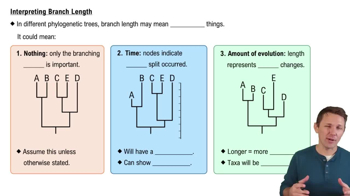If an enzyme in solution is saturated with substrate, the most effective way to obtain a faster yield of products is to
a. Add more of the enzyme.
b. Heat the solution to 90°C.
c. Add more substrate.
d. Add a noncompetitive inhibitor.
 Verified step by step guidance
Verified step by step guidance Verified video answer for a similar problem:
Verified video answer for a similar problem:

